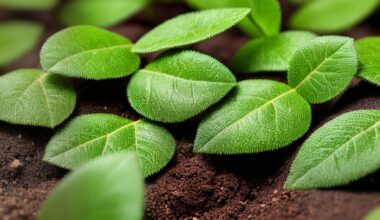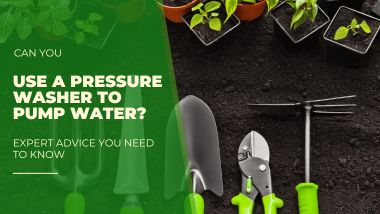Imagine for a moment: you’re knee-deep in your garden’s soil, ready to plant the seeds of spring. You have everything – the sun hat, the gloves, and an array of brightly colored seed packets. But wait! What tool are you going to use? The answer is simple – a garden dibber.
But what is a garden dibber used for exactly? What is it even? As we venture further into this piece let me warn you: be prepared to fall head over heels for this game-changing gizmo that helps us put nature back where it belongs – underground!
Intrigued yet? Fantastic! Because we’re about to dive deep into every gardener’s secret weapon—the unassuming but mighty garden dibber—so buckle up and get ready because trust me when I say this—you’ll never look at planting season quite the same way again.
Definition and Physical Attributes of a Garden Dibber
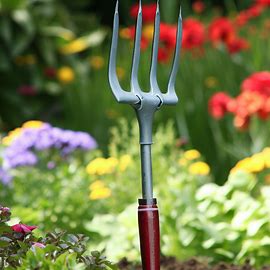
A garden dibber is a versatile tool commonly used by gardeners for various tasks such as planting seeds, bulbs, or seedlings.
It typically consists of a long handle with a pointed end.
The purpose of the dibber’s pointed end is to create holes in the soil without causing harm to delicate roots.
Different Types of Garden Dibbers
There are several types of garden dibbers available on the market today, each designed with different materials and features. Two popular options include hand dibbers made from wood and metal garden dibbers.
Wooden garden dibbers offer an organic feel and are often crafted from durable hardwoods such as ash or beech. They provide excellent grip due to their ergonomic design, making them ideal for extended periods in the garden.
On the other hand, metal garden dibbers are known for their durability and strength. Usually made from stainless steel or aluminum, these tools can withstand tough soil conditions without bending or breaking.
Primary Use: Making Holes for Planting Seeds, Bulbs, or Seedlings
The primary function of a garden dibber is to make holes in the soil for planting seeds, bulbs, or transplanting seedlings into flower beds or pots. This process ensures proper placement and spacing while preventing damage to plant roots.
When using a wooden or metal garden dibber:
1. Hold the handle firmly.
2. Carefully push down on the pointy end until it reaches your desired depth.
3. Gently wiggle it back and forth before removing it from the hole you created.
4. Place your seedling, seed, or bulb into the hole; then cover it gently with soil.
5. Pat down the soil gently to secure the plant, ensuring it has sufficient contact with the surrounding soil.
Additional Uses: Aeration and Loosening Soil
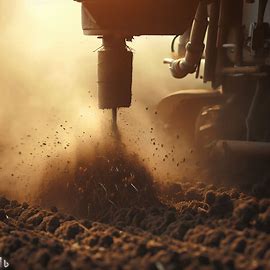
Aside from planting bulbs or seedlings, garden dibbers can also be used for aeration and loosening compacted soil.
By creating small holes throughout your garden beds, you allow air to reach plant roots more effectively.
Additionally, a dibber can help break up dense clumps of soil, allowing for better water drainage and root growth.
Proper Way to Use a Garden Dibber
To use a garden dibber for aeration or loosening soil:
1. Start by identifying areas with compacted soil in your garden.
2. Gently push the pointed end of the dibber into the ground while applying downward pressure.
3. Wiggle it back and forth slightly to create small holes in the area.
4. Repeat this process at regular intervals across your chosen area until all compacted sections have been aerated or loosened.
Benefits of Using a Garden Dibber for Gardening Tasks
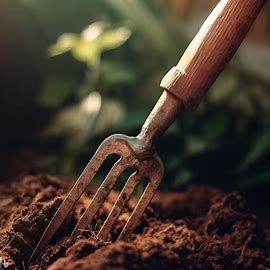
Using a garden dibber offers numerous benefits that make it an indispensable tool in any gardener’s arsenal:
1. Accurate Planting: The pointed tip ensures precise hole placement when sowing seeds or transplanting bulbs, resulting in even spacing and optimal growth conditions.
2. Root Protection: The gentle action of using a dibber minimizes root disturbance during planting, protecting delicate roots from damage.
3. Time Efficiency: With its simple design and ease of use, using a garden dibber speeds up planting tasks compared to manual digging methods.
4. Versatility: In addition to planting tasks, a dibbser is versatile enough to assist with other gardening activities such as weeding, and cultivating.
5. Durability: Whether you choose wood or metal, a well-made garden dibber will last you for years, making it a cost-effective investment.
Garden Dibber Selection Tips: Material, Size, and Shape Considerations
When choosing a garden dibber,
consider the following factors:
1. Material: If you prefer a traditional feel with excellent grip, go for wood. For durability and strength, opt for metal.
2. Size: Choose a size that feels comfortable in your hand.
A length of around 30-40cm is typically suitable for most gardeners.
3. Shape: The dibber’s pointed end should have an angle that easily penetrates soil without causing damage to roots.
Consider the shape of the handle as well; ergonomic designs can reduce strain on your hand during use.
In Conclusion
A garden dibber is an essential tool for any gardener. Its ability to create precise planting holes and assist with soil aeration makes it indispensable.
By investing in this versatile tool, you’ll enhance your gardening experience while promoting healthier plant growth. So make sure to include a garden dibber in your collection of gardening essentials!

